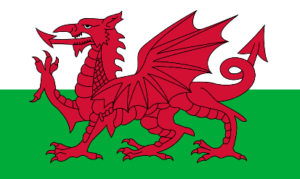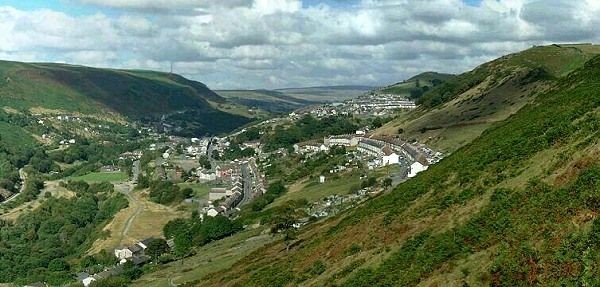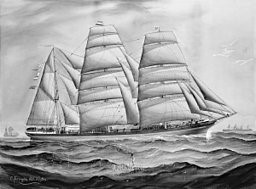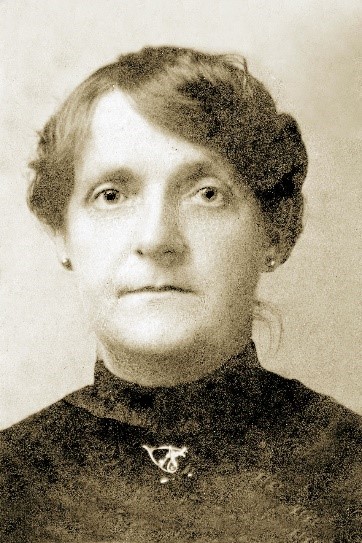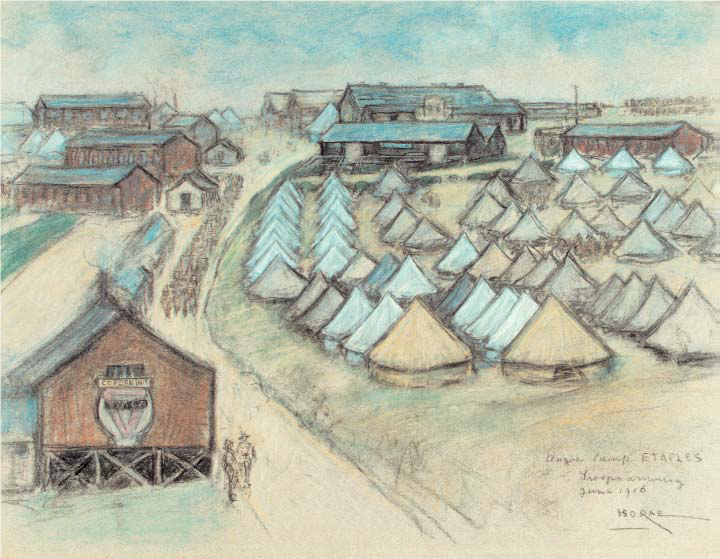Welsh Ancestors – Background
Roeddent yn bobl dda, weithgar “They were good, hardworking people”
Around about the time I was born in Newcastle in 1951, each day a steam engine would pull a line of loaded coal trucks through our suburb and quite near our house. It then continued on to The Junction and Cooks Hill, through Civic Park and past the Town Hall. It then crossed Hunter St and arrived at Newcastle harbour where the coal would be loaded on to the waiting ships.
Our family home in Merewether was on the border with the adjoining suburb of “The Glebe” where my grandmother, two uncles (David and William Wilmott), and other Wilmott relatives lived.
The Glebe was originally an area of land that had been allocated in the early days of the colony to the Church of England, to use to generate income for the support of the clergy and the upkeep of church(es). The area was first used as market gardens and the produce sold. Later, the land was sub-divided to create a new housing estate. Blocks were leased or sold to early residents of the area. The Wilmott family were some of these early residents who lived on “Glebe lands”.
The suburb name “Glebe” had virtually fallen out of use by the 1980s and the area is now more commonly referred to as ‘Merewether West’. Nevertheless, we are reminded that, through the Wilmott family line, our family has directly benefited from the appropriation of Aboriginal land in the 1800s.
Throughout almost all of the 19th century and the first half of the 20th century, coal was mined below the surface of the suburbs of Merewether, The Glebe, Adamstown, Hamilton South, Lambton and New Lambton, all near where we lived. In those early days, many of the bread-winners of those suburbs (married women did not work) worked in the underground pits. Many were “assisted immigrants” brought to Newcastle under the NSW Bounty Scheme (employers paid for the passage to Australia and were then reimbursed by the Government) specifically to work in the mines; and many of these immigrants came from Wales.
